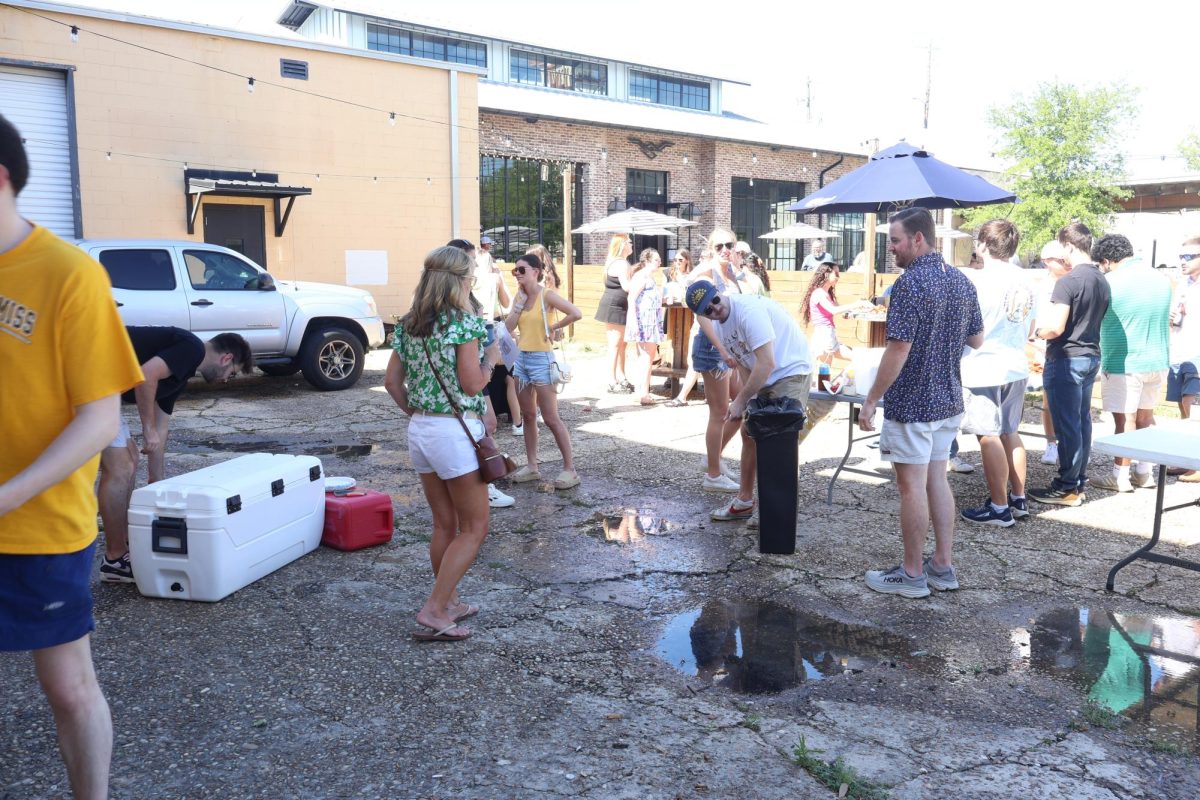At the beginning of Oct. Spring Hill College received a visit from the Southern Association of Colleges and Schools Commission on Colleges (SACSCOC) review board to review the school’s current financial standings.
The SACSCOC review board is the regional body that grants accreditation to institutions of higher education. Every ten years, schools are evaluated in order to retain their accreditation, and every five years, SACSCOC conducts an interim review. In order for a school to keep their accreditation, it must meet a list of 93 standards set by SACSCOC.
According to the SACSCOC website, accreditation is “intended to assure constituents and the public of the quality and integrity of higher education institutions and programs and to help those institutions and programs improve. These outcomes are achieved through rigorous internal and external review processes during which the institution is evaluated against a common set of standards.”
An audit was conducted in the spring of 2016, and the results showed that Spring Hill met 92 of the 93 requirements. The school met all of the core requirements but fell short of one comprehensive standard. The standard that was not met was “a recent history of financial stability.” This means that at the time of the audit in March of 2016, there was a recent history of instability within Spring Hill’s finances.
This financial instability came as a result of two events, the economic recession in 2008 and the BP Oil Spill in 2010. It was during these periods that admission rates fell short of what was projected. The freshman classes in 2011 and 2012 were drastically smaller than previous classes and as a result, the college did not collect as much money in tuition. Due to this shortfall, the school was not taking in as much money as they were spending on operational costs, and the school was forced to take money out of their savings account. According to Spring Hill College President, Dr. Christopher Puto, the school made this decision in order to “ensure that the students received the best possible educational experience.”
The last class with the lower admission rates graduated in May of 2016, the same year that the audit was conducted. Because this class was still at Spring Hill during the time of the audit, the low numbers from that class were used. The audit in March of 2016 revealed that the college did not meet the comprehensive standard of “a recent history of financial stability.” The SACSCOC committee placed Spring Hill on financial probation and requested that the school do a series of reports that show that the school’s financial resources were stabilizing. SACSCOC returned to campus once again in Oct. of 2016 and concluded that while the school had made progress, there was still more room for improvement. The committee granted Spring Hill College one year of financial probation in order to show its continued efforts to stabilize the school’s finances.
Just recently in early Oct., SACSCOC returned to campus as planned a year earlier to review the school’s finances. President Puto is “hopeful and optimistic” for a positive response. According to Dr. Puto, the results could confirm that the college has met the requirement, and the college is currently financially stable, or that Spring Hill still has room for improvement. If Spring Hill still does not meet the requirement, SACSCOC will most likely extend our probation until June 2018. If the second option occurs, Puto said that he is confident that all issues would be resolved by June 2018. Dr. Puto concluded his discussion by saying “As a graduate of Spring Hill College, I am committed to making sure that the experience that students receive here fully delivers on all the educational and other experiential needs. We have a permanent commitment that we make to each of the students and my personal values and reputations stand behind that.”
While the results from the review board will not be available until Dec., the school remains a fully accredited college and optimistic for a positive response. For more information on SACSCOC, you can visit their website http://www.sacscoc.org.


























